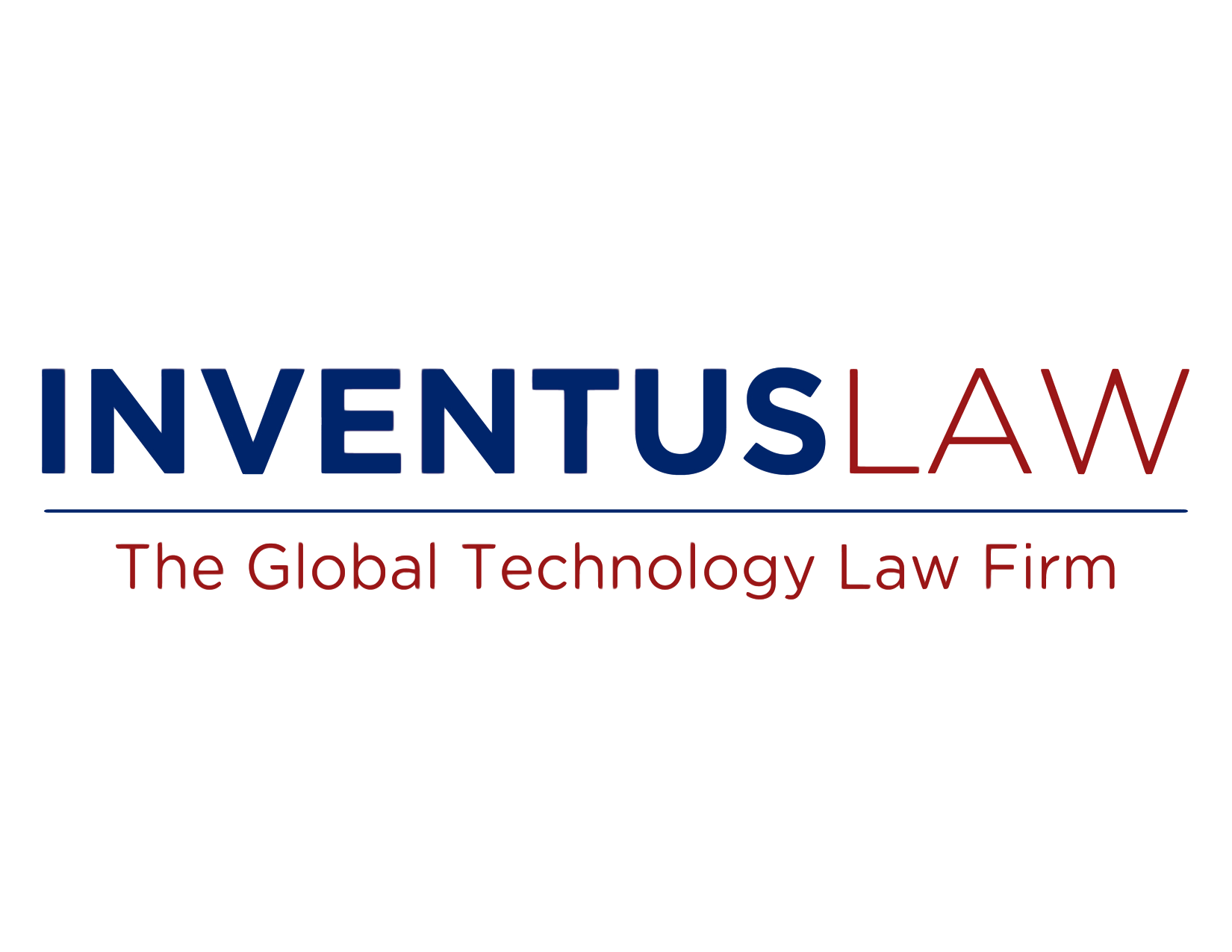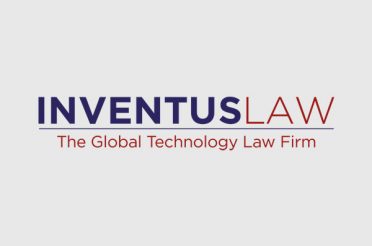355 Bryant Street, Suite 403 | San Francisco, CA 94107 | Phone: 650.843.0988 | Fax: 650.618.0488
Author: Linnea E. Vail
Question Presented
Can a common law trademark prevail over a registered trademark in cancellation or similar proceedings, and if so, how?
Discussion
- Trademark Law Generally
Federal trademark law is codified under the Lanham Act, which provides federal protection for distinctive marks that are used in commerce.[1] Federal protection for unregistered marks is generally available under 15 U.S.C. § 1125(a), which creates a civil cause of action for claims of false designation of origin and false advertising. Although registration is not a prerequisite to federal trademark protection, registered marks enjoy significant advantages over unregistered marks including: registration serves as nationwide constructive notice of ownership and use of the mark under 15 U.S.C. § 1072; and a registered mark may achieve incontestable status after five years of continuous use under 15 U.S.C. § 1065, which enhances the owner’s rights by eliminating a number of defenses to claims of infringement.[2]
Though a trademark owner can pursue registration with the United States Patent and Trademark Office (“USPTO”), the U.S. follows the “first-to-use” practice, meaning that the owner who is first to use a mark has priority over a third party when determining who has the exclusive rights to use a trademark. This contrasts with the “first-to-file” practice, which, as evidenced by its name, grants priority to the owner who files an application for the trademark first.
Because the U.S. follows the first to use protocol, an owner can nonetheless own the exclusive rights to a trademark, even if they have not registered the mark. This is known as a “common law” trademark. This can be a cost-effective and efficient method for branding an owners’ goods and services, because it does not require the often costly and time-consuming procedures for filing a federal trademark application. It should be noted that the United States and India follow the first to use protocol, and the European Union and United Kingdom use the first to file protocol.[3]
Unfortunately for common law trademark owners, an owner’s trademark rights in an unregistered mark extend only to the geographic areas where the mark is actually used and other locales where the owner’s use of the mark would naturally extend.[4] In contrast, a registered trademark often provides for national protection across the United States and is not limited to those geographic areas where the trademark is used.[5] It is therefore highly recommended that trademark owners pursue registration.
2. Trademark Cancellation
In addition to the benefits of trademark registration discussed above, a registered trademark can achieve “incontestable” status. An incontestable trademark is one that has been registered and in use for five years, and it serves as conclusive evidence regarding the validity and registration of the trademark, as well as the owner’s ownership and exclusive right to use the trademark in connection with the registered goods and services.[6] A trademark achieving incontestable status helps trademark owners not only helps deter potential infringers, but it also can be advantageous in trademark litigation.
In Otto Roth & Co. v. Universal Foods Corp., 640 F.2d 1317, 209 USPQ 40 (CCPA 1981), the United States Court of Customs and Patent Appeals (now the Court of Appeals for the Federal Circuit) evaluated an appeal from a Trademark Trial and Appeal Board (“TTAB”) arising from an opposition filed against registration for the mark ESPRIT NOUVEAU. The opposer, Lankor International, Inc. (“Lankor”), had attempted to file an application for BRIE NOUVEAU for cheese, but the examining attorney determined that the mark was merely descriptive of the underlying goods and services.[7] Subsequently, Lankor filed an opposition to the registration of the mark ESPRIT NOUVEAU by Otto Roth Company, Inc. (“Otto Roth”) for cheese products, alleging a likelihood of confusion with their existing use of the mark BRIE NOUVEAU.
The TTAB evaluated and sustained the opposition, declaring that there were significant similarities between the marks in both sound and appearance and “that consumers might rely upon NOUVEAU as the distinguishing feature of the marks (especially in the absence of evidence to show that NOUVEAU is used by others in the cheese industry).[8]”
In its opinion, the Court determined that “One who opposes on the ground that registration should be refused as proscribed by section 2(e)(1) alleges use of, or the right to use, a descriptive term in his business and is trying to prevent a claim of exclusive ownership of that term, asserting a privilege which he holds in common with all others, including the applicant, to the free use of the language.[9]” The Court further argued that “prior use of a term in a descriptive sense is sufficient to successfully oppose registration of an otherwise registrable mark provided (1) there is a likelihood that consumers will confuse the two and thus the source of the goods to which they are applied, or (2) that a registration would frustrate the opposer’s right to use the term in a descriptive sense […][10]”
The Court ultimately vacated the prior decision, stating that even if Lankor was to prove there was a likelihood of confusion and that the registration of ESPRIT NOUVEAU would frustrate their ability to use the term, Lankor was nonetheless required to prove that BRIE NOUVEAU had acquired a secondary meaning, because the examiner had previously determined that the mark was “merely descriptive or deceptively misdescriptive” of brie cheese.[11] The Court held, ““Assuming that the [TTAB] properly held that BRIE NOUVEAU is merely descriptive or deceptively misdescriptive, it did not require, as it should have, that appellee prove secondary meaning before applying the § 2(d) likelihood of confusion test.[12]”
Therefore, the ruling from Otto makes clear that where a dispute exists between a common law trademark holder and an owner of a registered mark, the common law holder must allege that the mark has acquired secondary meaning in order to challenge the registration.
The Otto holding remains precedential. In Natural Dog Acquisition LLC v. Pet Go Round of Greensboro, Cancellation No. 92074028 (August 2, 2022) [not precedential], the TTAB denied a petition for cancellation of a registration for the mark THE NATURAL DOG FOOD MARKET, finding that Petitioner failed to prove priority of use of its common law marks NATURAL DOG COMPANY. In reviewing the Otto rule, the TTAB required that the Petitioner prove acquired distinctiveness or secondary meaning in the common law marks. The TTAB concluded that DOG COMPANY was a highly descriptive term for a characteristic of Petitioner’s goods and services. Furthermore, Petitioner attempted to claim that its marks acquired distinctiveness in 2008 by testifying that its sales that year were $256, which was evidently not nearly enough to prove its priority over the registered marks. The TTAB determined that its sales figures prior to 2014 (totaling $514,798) were “unimpressive.[13]” The Board concluded that “even if Petitioner’s use was substantially exclusive and continuous for the six years prior to 2014, due to the limited evidence and its lack of persuasiveness, we are not persuaded that Petitioner’s highly descriptive mark had acquired distinctiveness before 2014.[14]”
Acquired Distinctiveness
The USPTO states that under section 2(f) of the Lanham Act, an owner can submit actual evidence that because of the extensive use and promotion of the mark, consumers now directly associate the mark with the applicant as the source of those goods.[15] Long-term use alone is generally not sufficient to show acquired distinctiveness for marks that are merely ornamental. Acceptable evidence of use and promotion can include[16]:
(a) advertising and promotional materials that specifically show or promote the applied-for mark in use as a trademark and source-identifier;
(b) dollar figures for advertising devoted to such promotion;
(c) dealer and consumer statements indicating recognition of the applied-for mark as a trademark;
(d) other evidence that shows consumer recognition of the applied-for mark as a trademark for applicant’s goods.
Any evidence, including “verified statements, depositions and other appropriate evidence,” that shows or speaks to the “duration, extent and nature of use” of the mark in commerce is fair game[17]. Advertising and marketing expenditures, consumer data, and media coverage may also be used to demonstrate that an applied-for mark has acquired distinctiveness[18]. Furthermore, the “ultimate test in determining whether a designation has acquired distinctiveness is the applicant’s success, rather than its efforts, in educating the public to associate the proposed mark with a single source[19].” In other words, applicants must prove that consumers believe that the applied-for mark is an indicator of source, not the product or service itself.[20]
Infringement Damages
Because an unregistered trademark can only be asserted in the geographic area where the owner operates, there is a likelihood that an unregistered trademark cannot recover equal damages as a registered trademark. Marks not registered with the USPTO may be protected at the state level by common law or statutes associated with unfair competition.[21] For a registered trademark, the remedies for infringement under the Lanham Act are statutory and consist of: injunctive relief; an accounting for profits; damages, including the possibility of treble damages when appropriate; attorney’s fees in “exceptional cases;” and costs.[22] These remedies are cumulative, meaning that a successful plaintiff may recover the defendant’s profits in addition to any damages, or other remedies awarded.
Conclusion
If a common law trademark owner does ultimately seek cancellation or opposition to registration of a trademark, it is imperative that the owner is able to show acquired distinctiveness or secondary meaning before asserting priority of ownership.
If you have any questions about this memo, please contact Christopher L. Rasmussen, Managing Partner, Inventus Law, PC., at chris@inventuslaw.com or 408-482-3216, or Linnea Vail, Commercial Associate, Inventus Law, PC., at linnea@inventuslaw.com or 650-338-9391.
Disclaimer: The information on this page is being provided for information purposes only and is drafted entirely on the basis of public resources. Information contained on or made available herein is not intended to and does not constitute legal advice, recommendations, mediation or counseling under any circumstance. This information and your use thereof do not create an attorney-client relationship. You should not act or rely on any information provided herein without seeking the advice of a competent attorney licensed to practice in your jurisdiction for your particular business.
[1] See 15 U.S.C. §§ 1051 et seq., see also https://www.law.cornell.edu/wex/trademark
[2] See https://www.law.cornell.edu/wex/trademark
[3] See https://corsearch.com/knowledge-base/article/first-to-file-versus-first-to-use/
[4] See https://www.natlawreview.com/article/common-law-v-federally-registered-trademark-rights
[5] See https://www.natlawreview.com/article/common-law-v-federally-registered-trademark-rights
[6] Id.
[7] Otto Roth Co. v. Universal Foods Corp., 640 F.2d 1317, 1318 (C.C.P.A. 1981)
[8] Otto Roth Co. at 1319
[9] Otto Roth Co. at 1320
[10] Id.
[11] Id. at 1322
[12] Id. at 1322
[13] https://www.mondaq.com/unitedstates/trademark/1218452/ttab-denies-cancellation-petition-for-failure-to-prove-acquired-distinctiveness-of-petitioner39s-common-law-marks
[14] Id.
[15] https://www.uspto.gov/trademarks/laws/how-claim-acquired-distinctiveness-under-section-2f-0
[16] Id.
[17] Yamaha Int’l Corp. v. Hoshino Gakki Co., 840 F.2d 1572, 1583 (Fed. Cir. 1988)., see also https://www.altlegal.com/blog/what-the-2f-demonstrating-acquired-distinctiveness/
[18] Id.
[19] TMEP §1212.06(b).
[20] See https://www.altlegal.com/blog/what-the-2f-demonstrating-acquired-distinctiveness/
[21] See https://www.justia.com/intellectual-property/trademarks/unregistered-trademarks/
[22] See 15 U.S.C. § 1117.







